Your Role in Saving Black Ash and Its Ecosystems
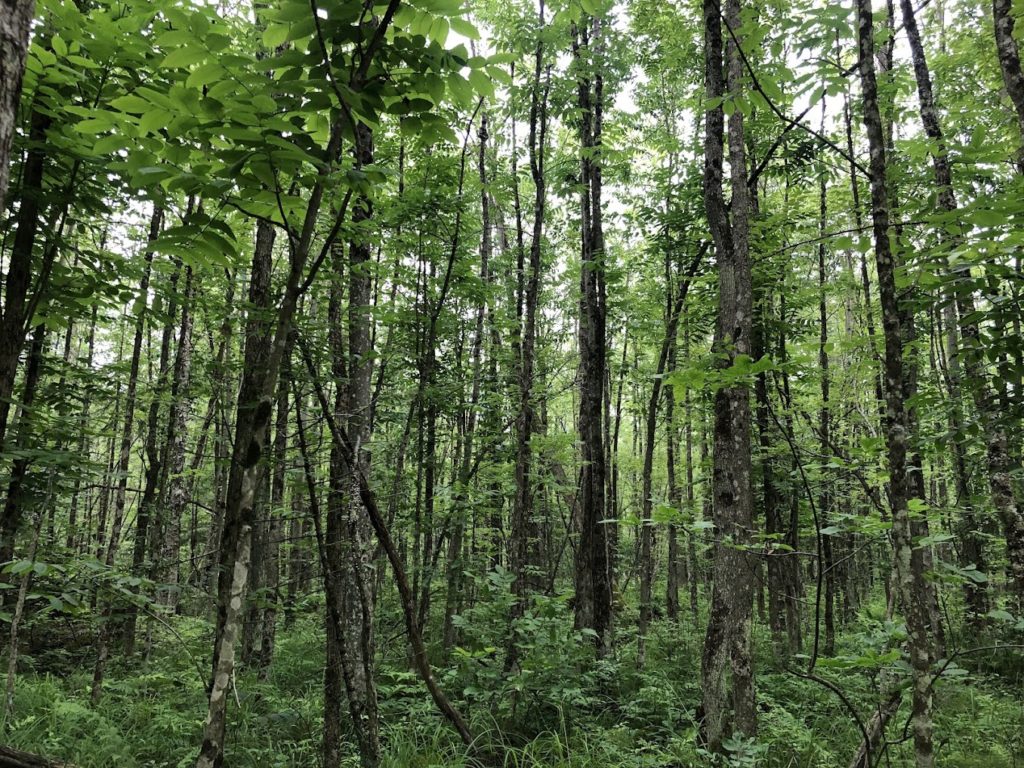
Black Ash Swamp. Photo by: N. Hunt, 2024.
When you think about an endangered species, do you think of a small or sparse population with limited habitat, or do you think of a widespread tree that occurs within several habitat types throughout most of the province? What happens when an invasive species wipes out nearly 100% of individuals within southern populations of these relatively common trees while northern populations remain relatively in-tact? And what happens when this species is a keystone – a critical part of ecosystem structure and function – for several types of swamp and forest ecosites across Ontario?
These are the types of questions that come to mind when we think of Black Ash (Fraxinus nigra). In 2022, Black Ash was listed as Endangered on Ontario’s Endangered Species Act, 2007 based on projected declines of over 70% in total number of individuals within two generations of the species. Predicted mortality is actually expected to exceed 90% across much of its range impacted by the invasive insect causing its demise – the Emerald Ash Borer. 1
Of course, such a complex problem is not without complex solutions; recovery of Black Ash is more than the recovery of an individual species. Recovery of Black Ash will mean recovery of entire ecosystems, hydrology and associate species, and will hold immense value considering the cultural and spiritual significance of Black Ash to Indigenous communities for basketmaking and numerous other uses. As the FGCA embarks on a new recovery program for Black Ash, we want to make clear why our program focuses on Black Ash and what you can do to help.
Black Ash as a Keystone Species
Black Ash is a dominant canopy tree in many types of swamps and forests in Ontario and is therefore described as a foundation or keystone tree, both ecologically and culturally. In southern Ontario and many parts of the United States, the threat of EAB on these ecosystems has created a concern that these areas will transition into non-forest conditions where Black Ash cannot return, perpetuated by the presence of shrubs such as the invasive Buckthorns (Rhamnus cathartica and Frangula alnus), other invasive herbaceous plants such as Reed Canary Grass (Phalaris arundinacea), and the rise of the water table due to reduced evapotranspiration. 2
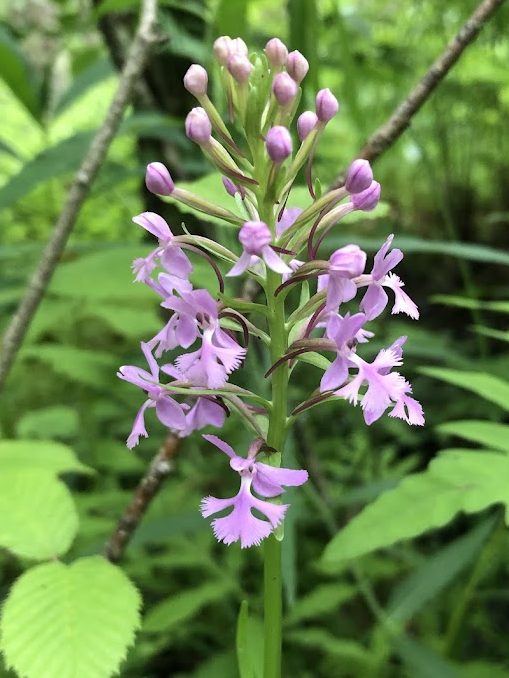
Black Ash supports a large diversity of swamp species, including this Lesser Purple Fringed Orchid (Platanthera psycodes). Photo by: N. Hunt, 2024.
The Threat of EAB on Black Ash
Black Ash appears to be the most vulnerable of Ontario’s ashes to EAB infestation3, showing a more rapid decline and mortality than other species impacted by the insect like Green or White Ash4 5. Specifically, EAB larvae feed on the inner bark of trees in tunnels that disrupt nutrient and water transport – and these tunnels often extend further horizontally in Black Ash, causing girdling and mortality at lower larval densities.6
Combined with an irregularity in seed production (producing viable seed at intervals up to 8 years) and uncertainty in sapling or stump sprout survival, EAB clearly poses a major threat to the health of Ontario’s Black Ash forests.7
What can you do to help Black Ash?
To preserve Black Ash for future restoration efforts, Ontario’s Black Ash recovery strategy8 includes both in-situ (in a natural location) and ex-situ (away from a natural location) conservation of Black Ash’s gene bank. However, the current lack of knowledge regarding Black Ash on private land in Ontario and its large geographic range could make locating and strategically targeting areas for in-situ gene conservation and areas to provide material for ex-situ gene preservation like looking for a needle in a haystack.
The FGCA has launched a new program for the recovery of Black Ash, which begins by better understanding Black Ash’s distribution, health and status of regeneration across the province. We will use this information to continually inform our recovery program, work with partners across Black Ash’s range on our efforts to conserve the remaining Black Ash genetics on the landscape, and support forest managers who are working to augment the populations through sustainable forest management.
If you know of a healthy black ash, especially in areas where EAB has or is causing significant damage, we’d love to hear from you! Or, if you know of a wet or swampy area and are unsure whether it is Green or Black Ash, you can find more information here. Be sure to follow along as our recovery program evolves by following us on social media (LinkedIn, Instagram, Facebook), and also by becoming a member!

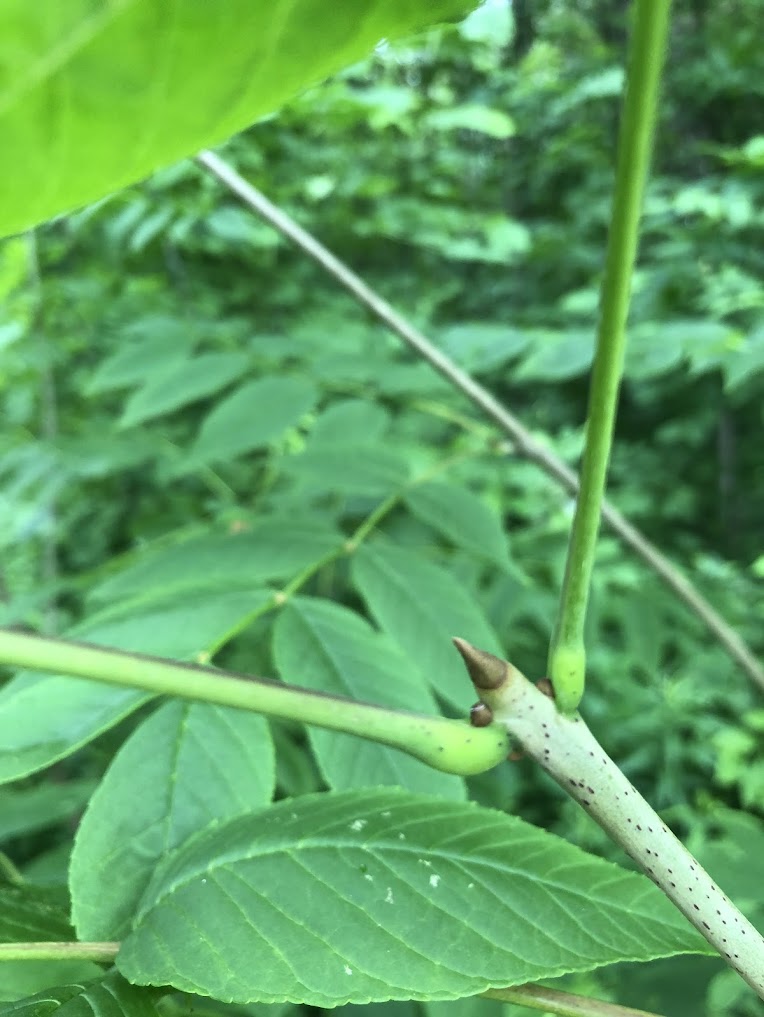
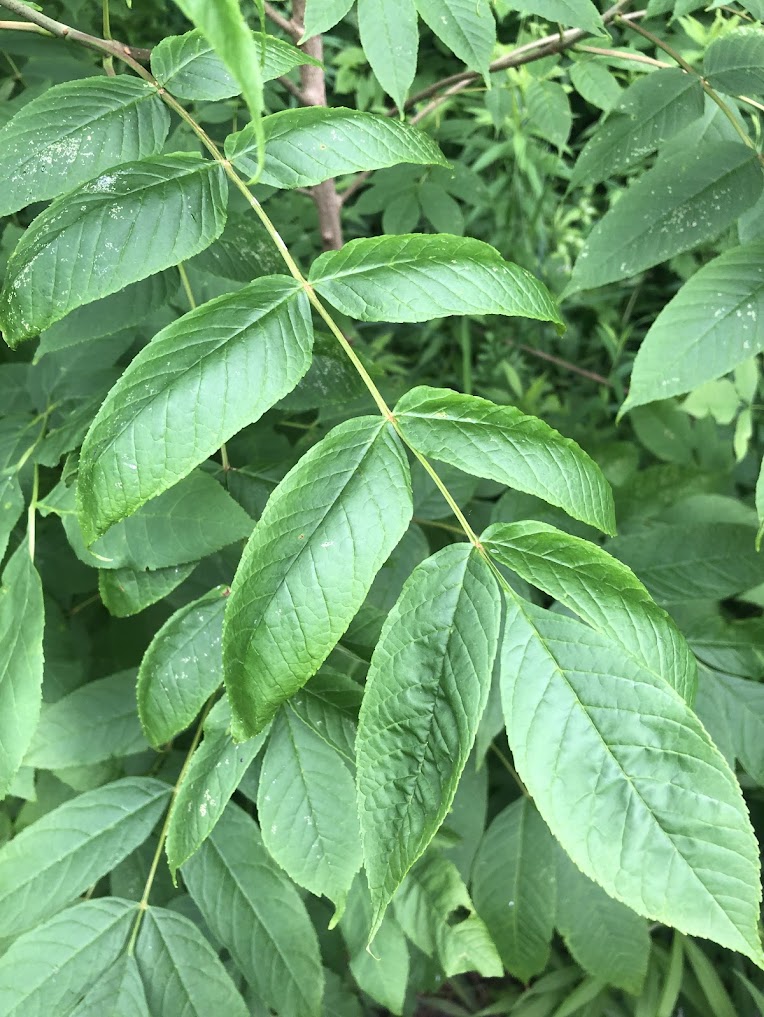
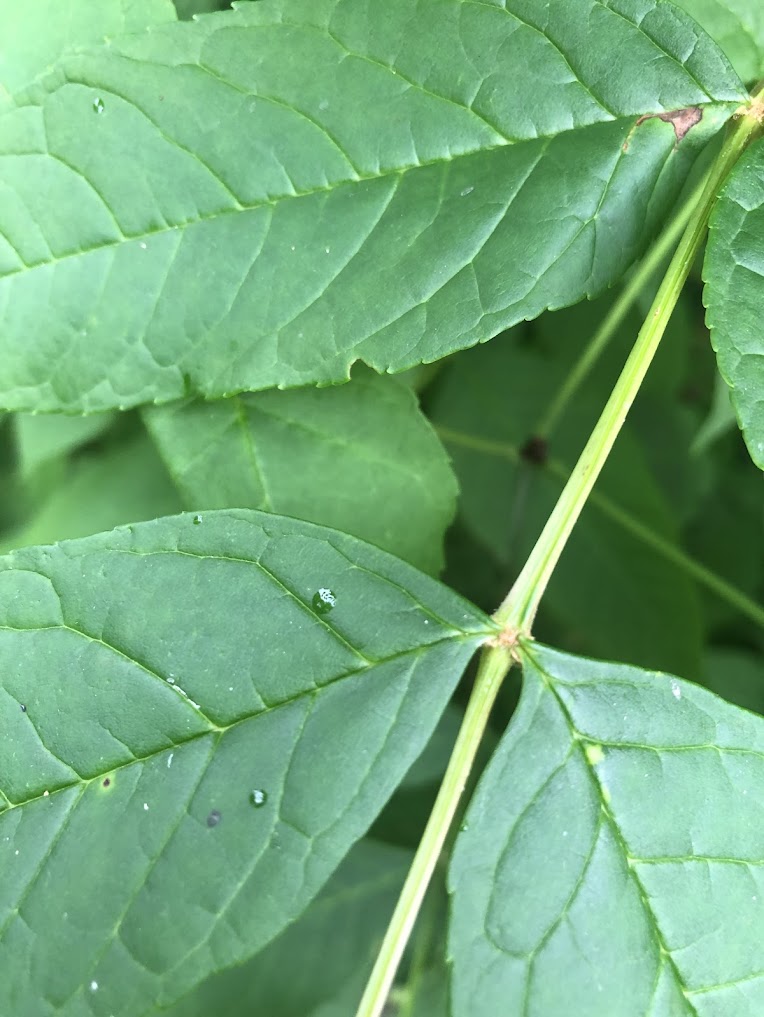
References
- COSEWIC (Committee on the Status of Endangered Wildlife in Canada). 2018. COSEWIC assessment and status report on Black Ash Fraxinus nigra in Canada. Committee on the Status of Endangered Wildlife in Canada. Ottawa. 107 pp. ↩︎
- Iverson, L., K.S. Knight, A. Prasad, D.A. Herms, S. Matthews, M. Peters, A. Smith, D.M. Hartzler, R. Long and J. Almendinger. 2016. Potential species replacements for Black Ash (Fraxinus nigra) at the confluence of two threats: emerald ash borer and a changing climate. Ecosystems 19(2):248-270. ↩︎
- COSEWIC (Committee on the Status of Endangered Wildlife in Canada). 2018. COSEWIC assessment and status report on Black Ash Fraxinus nigra in Canada. Committee on the Status of Endangered Wildlife in Canada. Ottawa. 107 pp. ↩︎
- Smith A., D.A. Herms, R.P. Long, V. Mastro. and R. Reardon. 2005. The impact of emerald ash borer on forests within the Huron River watershed. Pittsburgh, Pennsylvania: USDA Forest Service publication FHTET-2004-15. ↩︎
- Smith, A., D.A. Herms, R.P. Long, and K.J.K. Gandhi. 2015. Community composition and structure had no effect on forest susceptibility to invasion by the emerald ash borer (Coleoptera: Buprestidae). Canadian Entomologist. 147(3): 318-328. ↩︎
- McCullough, D. G. 2019. Challenges, tactics and integrated management of emerald ash borer in North America. Forestry: An International Journal of Forest Research, 93 (2) 197–211. ↩︎
- Engelken P and McCullough DG. 2020. Riparian forest conditions along three northern Michigan rivers following emerald ash borer invasion. Can J Forest Res 50: 800–10 ↩︎
- Catling, P.K., W.D. Van Hemessen, D.A. Bettencourt, T. D. North and L. M. Wallis. 2022. Recovery Strategy for the Black Ash (Fraxinus nigra) in Ontario. Ontario Recovery Strategy Series. Prepared for the Ministry of the Environment, Conservation and Parks, Peterborough, Ontario. vi + 80 pp. ↩︎
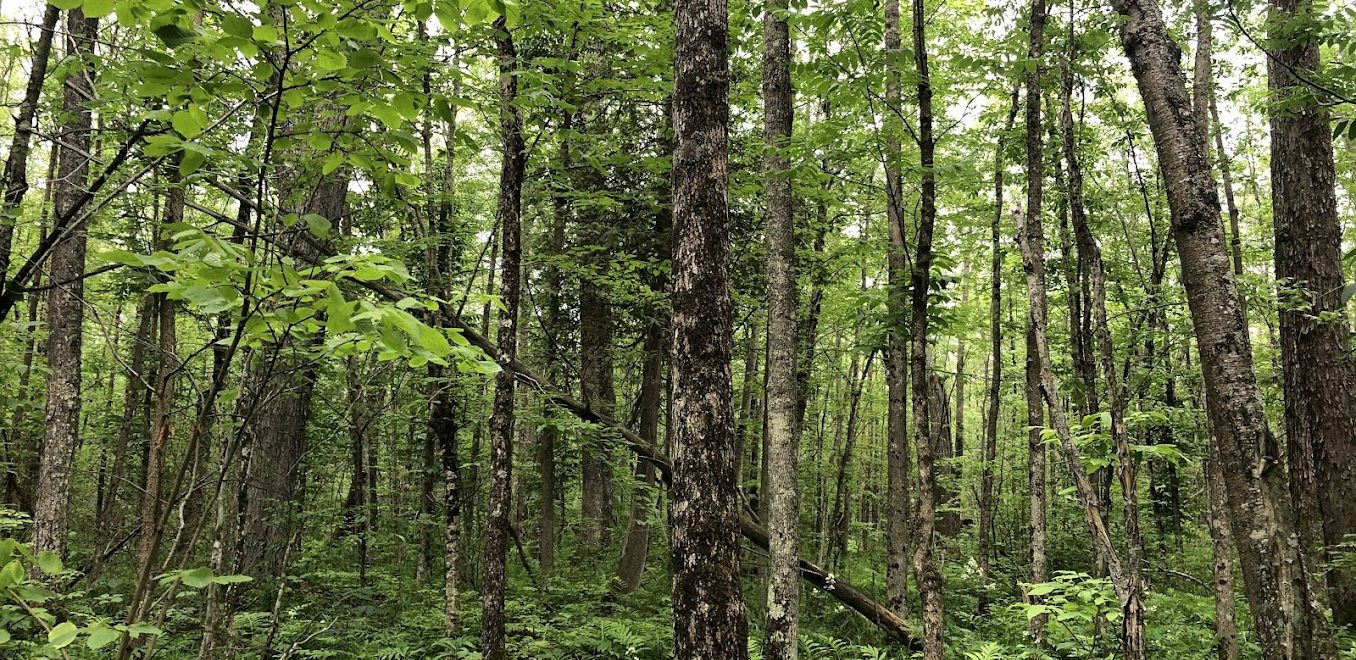
Leave a Reply
You must be logged in to post a comment.